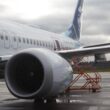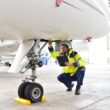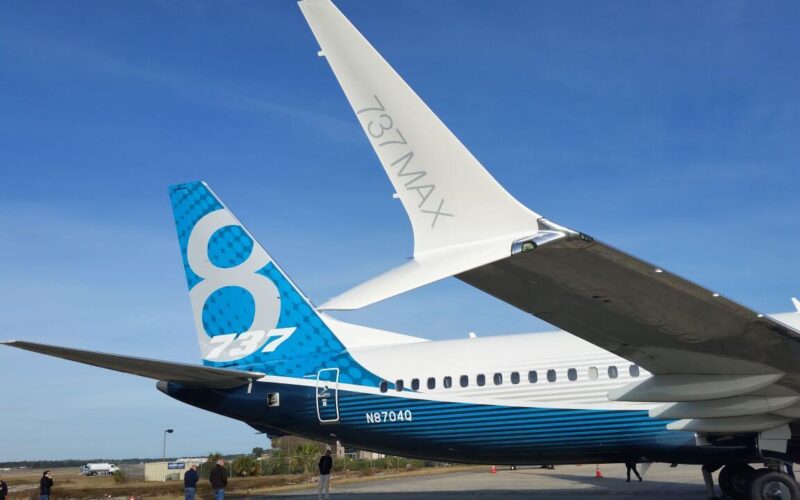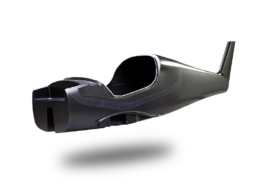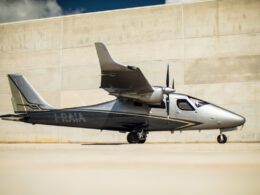Claiming that Boeing had submitted approximately 178 Boeing 737 MAX aircraft for certification, knowing that the aircraft were installed with nonconforming slat tracks, the Federal Aviation Administration (FAA) has proposed a $5.4 million fine against the plane maker. This is the second time in recent months when the U.S. authority proposes multi-million after finding allegedly faulty slat tracks on Boeing planes. Previously, the agency’s attention was caught by an earlier 737 version − 737 NG.
The FAA alleged that Boeing certified as airworthy approximately 178 Boeing 737 MAX aircraft potentially equipped with faulty slat tracks between August 16, 2018 and March 10, 2019. These aircraft could have been installed with slat tracks that were weakened by a hydrogen embrittlement condition, which occurred during cadmium-titanium plating.
Slat tracks, used to guide the movement of panels known as slats, are located on the leading edge of the wing. They provide additional lift during takeoff and landing.
To make matters even worse, the authority believes Boeing did that on purpose: “The FAA further alleges that Boeing knowingly submitted aircraft for final FAA airworthiness certification after determining that the parts could not be used due to a failed strength test,” as outlined in a statement by the FAA.
The faulty parts reached the plane manufacturer through the third-tier supplier, Southwest United Industries, which shipped the parts to Spirit AeroSystems, which then in turn delivered the parts to Boeing.
This is the second time the FAA is trying to penalize the manufacturer for the usage of potentially faulty slat tracks on Boeing 737 aircraft. In December 2019, the authority proposed another, over $3.9 million reaching fine against Boeing for installing the components on approximately 133 older-generation Boeing 737 NG aircraft.
The problem first became widely known in June 2019, when both Boeing and the FAA informed operators about the situation calling for inspections. After Boeing’s service bulletin, the FAA issued an airworthiness directive, mandating operators to have their aircraft inspected and faulty parts replaced with new ones.
Alleging that Boeing failed in this instance to maintain its quality system to ensure suppliers adhered to Federal Aviation Regulations, the FAA is now to wait 30 days for a response by the plane maker.

